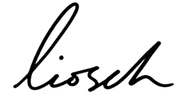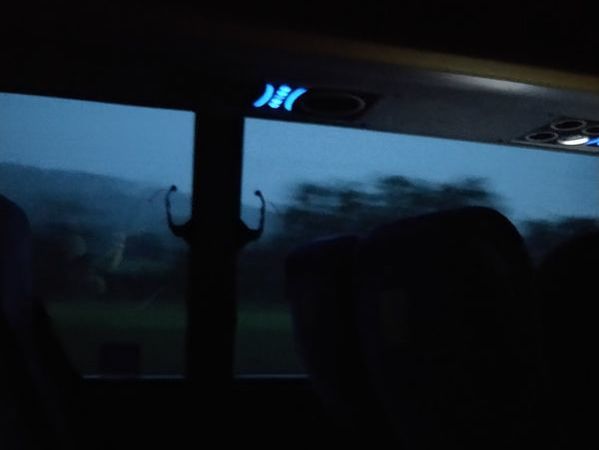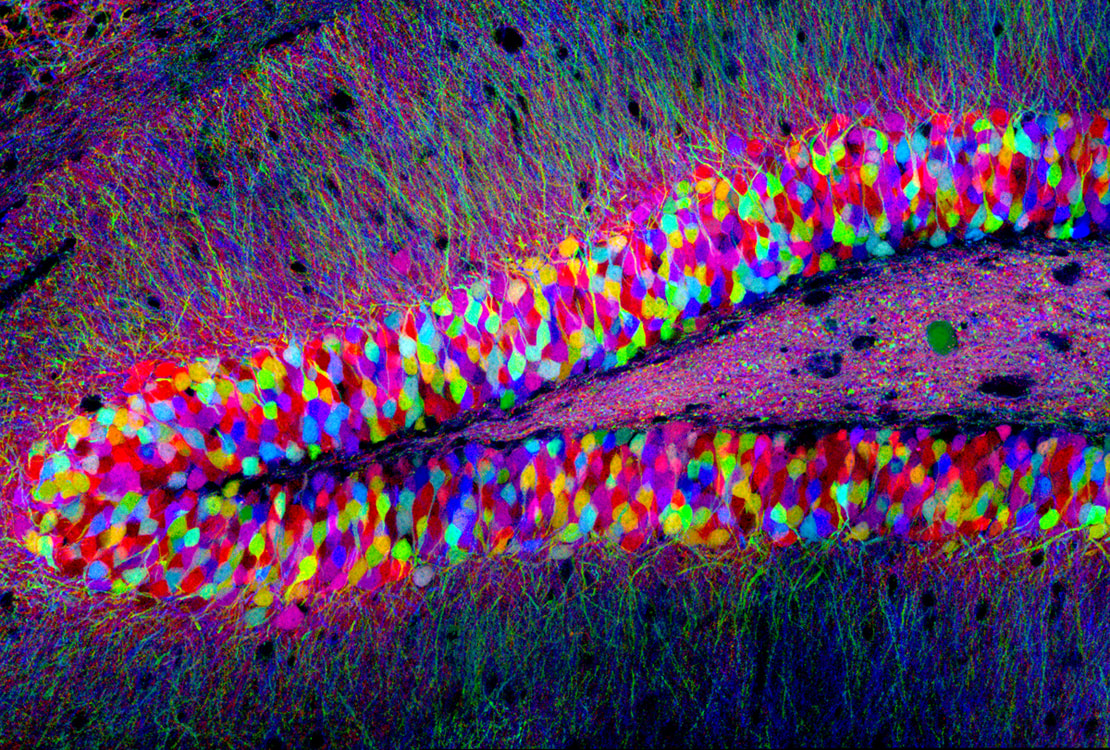- Blog
-
THESIS
- MISSION: Learning science by doing science.
- ARGUMENTATION: The missing piece to inquiry.
- IMPLEMENTATION: Teaching students to think like scientists
- FINDINGS: Student growth and response to argumentation frameworks
- REFLECTION: Co-generative thoughts for future practice
- ARTIFACTS: Data from the field and the study
- Portfolio
- About
|
I met Na’vonne and Ahmir three weeks in—about halfway through their STEM preparation program. Since they were the only two students taking biology, they weren’t set up with a classroom instructor. Instead, they were given worksheets and chromebooks, and placed at the back of a chemistry class. Not OK, but there was no other option at the time. So—although I’m officially only involved with this program as an observer—I jumped on the chance to give these kids some extra help.
Na’vonne writes with big, loopy lettering--carefully crafting her personality into her words as they fill the blanks on her worksheets. She often runs out of space, and she also misuses terminology. Biology is a new subject to her: she’s never heard of nuclei, ATP, or photosynthesis. But she pays attention and values our lessons together. Ahmir is a seasoned learner in biology, having taken the course in school twice now. He’s failed both times. His understanding of concepts is relatively strong, but his attendance has been spotty. When he does attend class, he’s usually late. Hence the re-takes. This summer, he’s here for one last attempt at earning credit on his transcript. The worksheets my students were assigned attempt to cover foundational units in biology, jumping from cells to DNA, energy, and evolution one unit per lesson. In most classrooms, students spend weeks on these concepts. But here, we’ve only got 45 minutes. And that’s only when my class even shows up on time—or at all. The worksheets themselves are unscaffolded, uninspiring, and one-dimensional in their content coverage. On our first day together, for example, Ahmir and Na’vonne came to me with worksheets on mitosis and meiosis. They were never given explanation on the concepts, except for Ahmir, who’d learned it last year. He made it halfway through the page, but Na’vonne had no idea how to even start. To figure things out, there were instructed to simply solve quiz questions on KhanAcademy. No introductions, no explanations, not even any lectures. This was unacceptable to me, but for them it was a typical day. I’m still deeply frustrated at the way this class was run. This is supposed to be a rigorous program, designed to excite and prepare students for upcoming STEM courses. Instead, this aspect of the program only seems to further disenfranchise them from math and science. There are many reasons for this, but I think one prominent one is in the lack of curriculum and instruction offered. In these four lessons, my students were supposed to have covered the entire spectrum of biology—which I actually think could have been done, if we had talked about true foundations! Instead, we were tasked with answering scattered, insular pieces of the curriculum. This Is a common problem I see in science classrooms: focusing on prescribed content rather than on essential understandings. One curriculum method I’m investigating directly addresses this problem, and flips it on hits head. Fittingly, it’s called backwards design! But I think it’s actually a much more effective approach to teaching. In backwards design, curriculum is foremost structured by considering essential understandings: what we want students to take with them 20, 40 years from now. Regarding cells, for example, I don’t need my students to know every single step and molecule in mitosis and meiosis. I want them to understand the importance of cells, and how they unite all species of life as building blocks. I want them to imagine how a slew of inanimate chemicals can come together to make something alive, and how these formations can be intricately and beautifully structured. From there, then I can design my lesson plans. In my brief time trying this method with my students, they seemed to appreciate it. It also allowed them to finish their worksheets thoroughly and in depth—though I’d prefer different measures of assessment. I still bristle that they had to spread their curriculum so thinly, but there’s no getting around that now. As quickly as I’d started working with Na’vonne and Ahmir, they’ve finished their program and are now off on their own until school starts. In the fall, they’ll be able to come back for academic support—but I worry. This in principle is a fantastic program, but in my limited experience I’ve been made crucially aware of its shortcomings. What should be done to address these issues, institutionally and systemically? I get the feeling that whatever changes are necessary will be vastly difficult to implement.
5 Comments
For me, science isn't just a way of knowing how things work. It's an ever-changing tool for understanding, navigating, and appreciating the entire world around us! And the worlds within us, as well.
Pictured above is a closeup of the brain's hippocampus. We can see each of the microscopic neurons within it, and all of their branching connections too. Together, these cells form a region that is critical for learning and memory--and it's just one of the many, many endlessly complex components of the brain! Somehow--and we still don't know how--these regions and circuits assemble to form the grand condition that is human consciousness. We're still figuring it out. And in that way, we're kind of like brains learning about themselves, aren't we? This is just one scientific puzzle. There are infinitely more to solve. Some are thrilling, some boring, and others immensely difficult--but together, in practicing science, they bring us closer to understanding life and existence. In practicing science, we find meaning. This is why I teach science: in this pursuit, we as learners and individuals are each made better. We are driven to think deeply and earnestly, and to seek both truth and meaning. We are challenged to be critical, and to collaborate -- and perhaps, even, to bring positive change to this little planet that we all call home. To pass on these skills would be my greatest honor. |
AuthorHi! I'm a bio/chem teacher and M.S.Ed. student at the University of Pennsylvania. Archives
April 2018
Categories |
Proudly powered by Weebly


